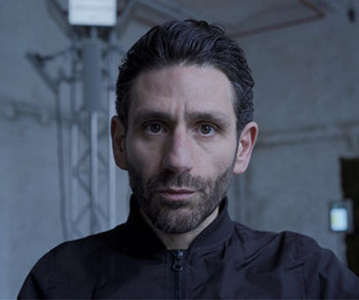Distinguished curator Dr. Claudia Schnugg will introduce the approach and goals of the artist-in-residence program as well as discuss with 2022 artist Marco Barotti his previous works. Marco will also introduce his proposed collaborative project CORALS — a sound sculpture that will utilize a learning model to analyze ocean conditions using data sets (sea surface temperature anomalies, sea level rising, bleaching alert areas, ocean acidification etc.). The project ultimately seeks to create an awareness about the climate crisis through a user-interactive kinetic sound sculpture that resembles a living coral ecosystem.
Join us for an insightful discussion and introduction to the entanglement of machine learning, big data and the nature of art + science collaborations!
Speaker
Dr. Claudia Schnugg is a researcher and curator with a background in social sciences, business administration, cultural sciences, and the arts. She is an internationally respected curator in the field of interdisciplinary collaboration, and holds a PhD in social and economic sciences from the University of Linz. Claudia has developed numerous innovative art + science residency programs at institutions such as CERN, European Southern Observatories, and the Ars Electronica Futurelab.
Marco Barotti is a media artist based in Berlin who initially studied music at the Siena Jazz Academy before developing an artistic practice that merges sound with visual art. His work is driven by a desire to invent an artistic language in which a fictional post-futurist era is expressed through kinetic sound interventions in natural and urban environments. His installations merge audio technology, consumer objects, and waste into moving sculptures triggered entirely by sound. The primary focus of his work is to create a tech ecosystem that plays with resemblances to animals and plants. These artworks serve as a metaphor for the anthropogenic impact on the planet and aim to make people aware of environmental and social issues.



